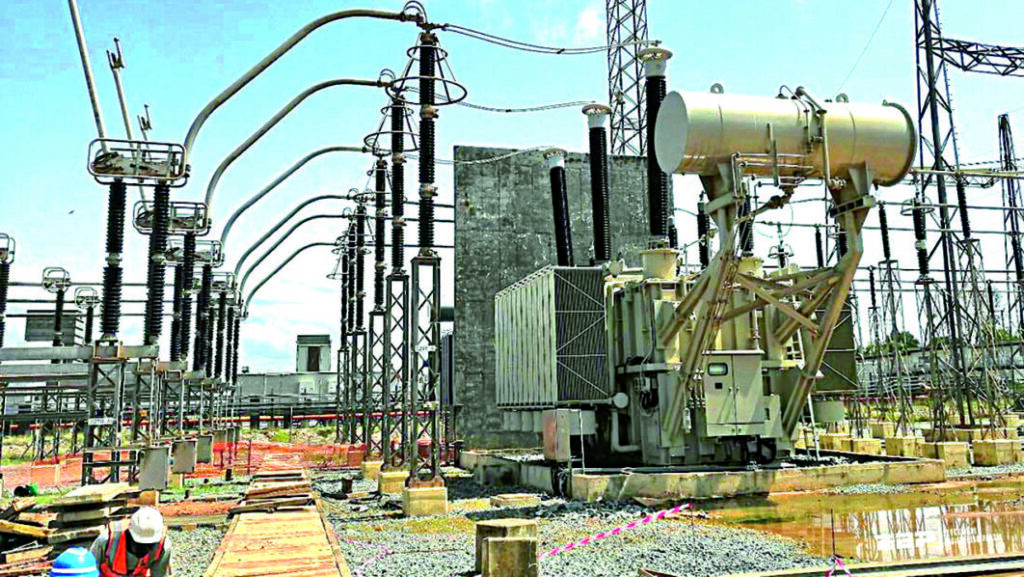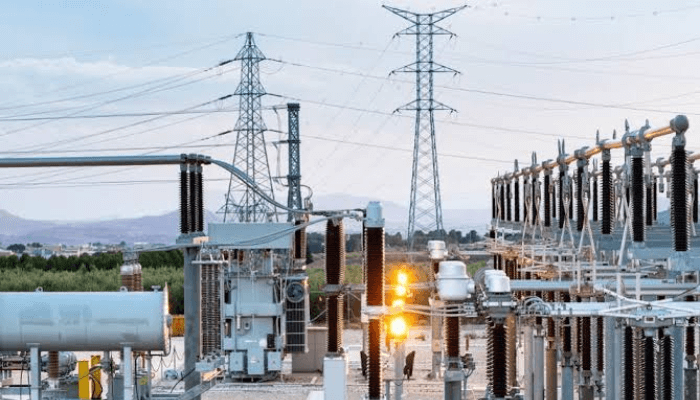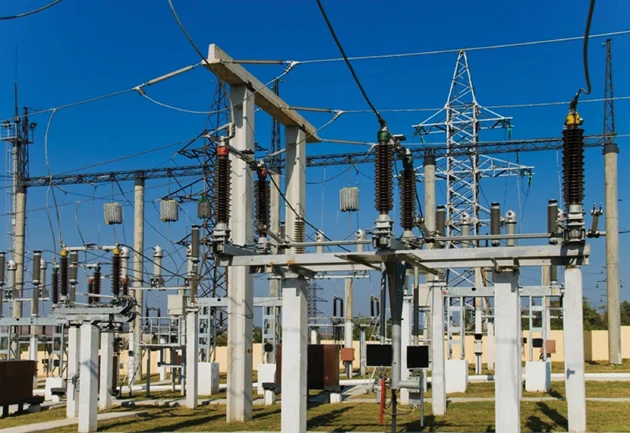Nigeria’s energy system is at a turning point. Years of infrastructural decay, chronic underinvestment, and policy inconsistency have left citizens and industries in the dark—literally and figuratively. Power outages disrupt homes, cripple factories, and slow digital innovation. Yet, within this challenging landscape lies a transformative opportunity: a national commitment to reform, reinvestment, and innovation. This deep-dive report lays out the way forward for Nigeria’s Power Sector—a path that blends modern technology, policy vision, and inclusive growth.
Table of Contents

Why Nigeria Lags in the Power Sector
Nigeria has an installed electricity generation capacity of around 13,000 megawatts (MW), but operational delivery often falls far short. Peak generation rarely exceeds 5,000 MW, and in some cases, drops below 3,500 MW. That’s less electricity for over 220 million people than many small European nations produce for fewer than 10 million.
The consequences are profound. Power outages trigger heavy reliance on costly diesel and petrol generators, driving up production costs and contributing to air pollution. For manufacturing, telecoms, and agriculture, electricity shortages translate directly into lost output, job losses, and reduced competitiveness. The economy loses an estimated $28–$29 billion annually in potential productivity.
Infrastructure tells part of the story:
- Transmission lines dating back to the 1970s operate beyond their intended lifespan.
- Substations are overloaded and under-maintained.
- The national grid collapses multiple times a year due to frequency imbalances and equipment failures.
Reform Momentum: Signs of Change
Recent policy steps have created a glimmer of optimism. The Electricity Act 2023 marked a structural shift by decentralising electricity regulation, allowing states to establish independent markets and attract localised investments. The National Integrated Electricity Policy (NIEP) aims to inject $122 billion into the sector between 2024 and 2045.
Specific goals include:
- Boosting generation to 8,000 MW by 2027.
- Expanding metering coverage to curb revenue leakages.
- Increasing renewable energy integration in both grid and off-grid systems.
The rollout of mini-grids, especially in rural communities, signals a push toward decentralised, flexible energy delivery.
Core Challenges to Overcome
Aging Infrastructure
The backbone of Nigeria’s electricity system—the transmission and distribution networks—needs urgent modernisation. Outdated equipment causes technical losses estimated at 30–40% of generated electricity.
Gas Supply Instability
Gas-fired plants account for about 80% of current generation. Disruptions in gas supply—whether due to pipeline vandalism, price disputes, or infrastructure failures—have a direct and severe impact on output.
Financial Strain
Distribution companies (DisCos) and generation companies (GenCos) face mounting debts, with sector-wide liabilities exceeding ₦2 trillion. Weak revenue collection and inadequate tariffs aggravate the problem.
Limited Renewable Penetration
Despite abundant solar, wind, and hydro resources, renewable energy adoption remains minimal in the grid mix. Policy uncertainty and inadequate financing deter large-scale investments.
Strategic Levers for Transformation in Nigeria’s Power Sector
To unlock the full potential of the Power Sector, Nigeria must address structural weaknesses through an integrated approach:
- Transmission Grid Overhaul
Deploy smart grid technology to monitor and balance electricity flows in real time. Replace outdated transformers and expand high-voltage lines to reduce bottlenecks. - Metering Acceleration
Ensure 100% metering within three years through aggressive public-private collaboration. Prepaid meters not only improve billing accuracy but also enhance customer trust. - Gas Infrastructure Protection
Secure critical pipelines with modern surveillance, rapid response systems, and local community engagement to prevent vandalism. - Renewable Expansion
Prioritise large-scale solar farms in the north, wind projects in coastal regions, and mini-hydro in agricultural belts. Incentivise local manufacturing of panels and turbines to spur job creation. - Skills Development
Launch specialised training academies for renewable technicians, grid engineers, and energy data analysts to support future expansion.
A Balanced Energy Mix
Diversity in energy sources is crucial for resilience and sustainability.
- Hydropower: The Zungeru project’s 700 MW capacity and the Mambilla project’s anticipated 3,050 MW could provide clean, reliable baseload power. Smaller hydro projects can serve remote farming communities.
- Solar: Projects like the Ashama Solar station (200 MW) demonstrate the viability of utility-scale solar. Off-grid solar solutions remain essential for rural electrification.
- Gas and Renewables Co-existence: While renewables grow, gas will remain an important bridge fuel for stability and peak demand.
Privatisation Revisited
When the sector was privatised in 2013, expectations were high. However, a decade later, several DisCos and GenCos are in financial distress, with some placed under receivership. The mismatch between investment obligations and actual revenue recovery has undermined investor confidence.
Key recommendations:
- Establish clear performance benchmarks tied to tariff adjustments.
- Offer targeted fiscal incentives for infrastructure upgrades.
- Create a credit guarantee scheme to enable long-term, low-interest financing.

Tariff and Subsidy Reform
Subsidy removal is politically sensitive but economically necessary. In April 2025, the government cut subsidies by 35%, coupled with a tariff adjustment that generated ₦700 billion in additional revenue. While controversial, this move helped reduce the sector’s annual deficit from ₦3 trillion to ₦1.9 trillion.
For reforms to succeed, tariff hikes must be paired with visible service improvements—better supply hours, fewer outages, and faster fault resolution.
The Role of States and Local Markets
The Electricity Act 2023 empowers states to operate independent electricity markets. Lagos has already taken steps to set up its own regulatory commission and explore public-private partnerships for localised grids. Similar initiatives in Kano, Rivers, and Ogun could spur competition and innovation.
Local markets can:
- Tailor tariffs to regional economic realities.
- Invest in energy solutions suited to local geography and demand patterns.
- Reduce transmission losses by producing electricity closer to consumption points.
Green Financing and International Partnerships
Nigeria’s energy transformation will require massive capital inflows. Global climate finance initiatives, such as the Renewable Energy Performance Platform (REPP) and the African Development Bank’s Desert to Power program, offer potential funding avenues. Green bonds, carbon credits, and blended finance can attract both domestic and foreign investors.
The recently launched Renewable Infrastructure Project for Local Empowerment (RIPLE) provides $500 million in financing for solar mini-grids and battery storage systems—a model that could be scaled nationally.
Community-Driven Solutions
True transformation isn’t just about megawatts—it’s about people.
Community energy cooperatives can own and manage solar mini-grids, ensuring revenues stay local. Such models create jobs, improve educational outcomes through reliable lighting, and reduce household spending on expensive generator fuel.
Women-led energy enterprises are also on the rise, particularly in the solar retail and maintenance sector. Empowering women in energy roles expands economic participation and enhances project sustainability.

The Roadmap to 2035
If Nigeria follows through with reforms and investments, the results could be dramatic by 2035:
- 25,000 MW of operational capacity.
- 90% electricity access nationwide.
- 40% renewable share in the energy mix.
- A reduction in annual economic losses by more than 60%.
Achieving these goals requires disciplined execution, transparent governance, and public trust.
Outlook of Nigeria’s Power Sector
The future of Nigeria’s Power Sector hinges on bold leadership, consistent policy, and an embrace of both technology and community engagement. The country must move beyond short-term fixes toward systemic change—modernising infrastructure, balancing the energy mix, securing financial viability, and empowering states and communities.
In this vision, the lights stay on not just in government buildings and urban centres, but in every village, school, and factory. Reliable power fuels entrepreneurship, attracts investment, and transforms lives. Nigeria’s journey will not be without obstacles, but with sustained commitment, the nation can finally harness its vast potential.
The Power Sector is more than an industry; it’s the engine of national growth, the lifeline of modern economies, and the foundation for every other sector to thrive. If Nigeria embraces this reality and acts decisively, the dream of universal, reliable electricity can become a lived reality within the next decade.
Join Our Social Media Channels:
WhatsApp: NaijaEyes
Facebook: NaijaEyes
Twitter: NaijaEyes
Instagram: NaijaEyes
TikTok: NaijaEyes




